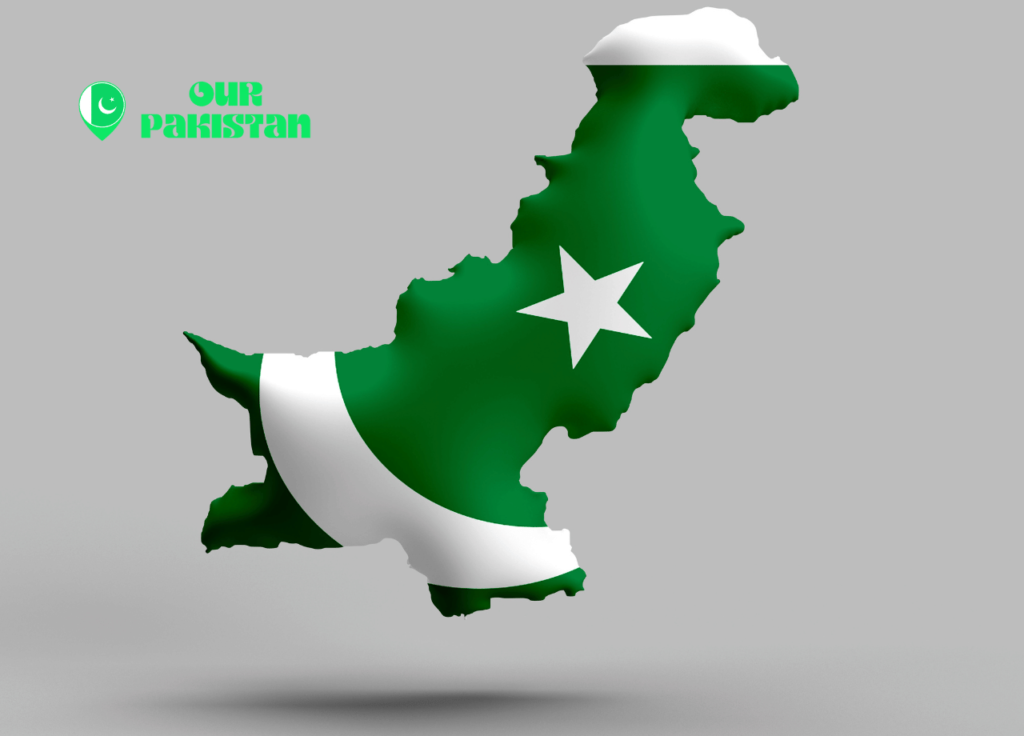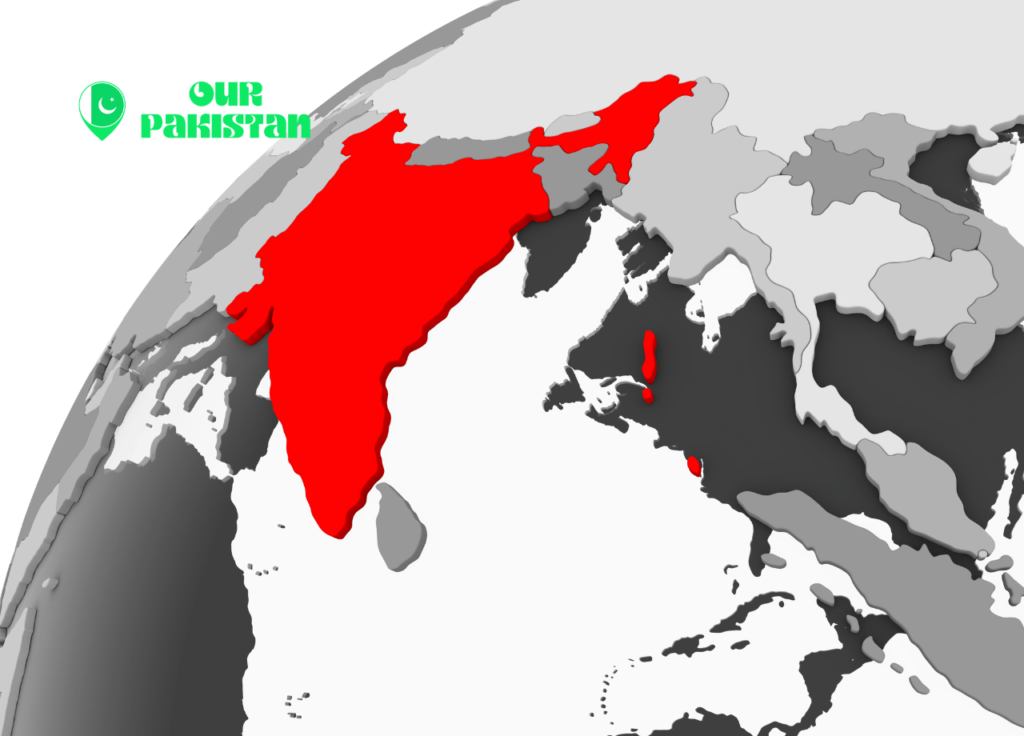In the realm of South Asian politics, economics, and culture, the comparison between Pakistan and India holds significant importance. This article aims to provide a balanced analysis of these two nations, catering to individuals keen on understanding the dynamics of these neighboring countries.
Political System Comparison
Overview of Pakistan’s Political System
- Government structure: Pakistan follows a parliamentary democracy.
- Head of state: The President holds this position.
- Head of government: The Prime Minister leads the government.
Overview of India’s Political System
- Government structure: India operates as a federal parliamentary constitutional republic.
- Head of state: The President represents this role.
- Head of government: The Prime Minister serves as the head of the government.
Comparison of Key Features of the Political Systems
When comparing the political systems of India and Pakistan, several aspects come into play:
- Role of the military in politics: Pakistan’s military has had a substantial influence on the country’s governance, whereas India has a more civilian-controlled political landscape.
- Relationship between the executive, legislative, and judicial branches: Both countries have a separation of powers, but the intensity and effectiveness of this separation differ.
- Freedom of speech and assembly: India boasts a robust tradition of free expression and assembly, while Pakistan’s approach to these freedoms has experienced some challenges.
- Independence of the judiciary: The independence of the judiciary in India is well-established, with a solid framework of checks and balances. Pakistan, on the other hand, has navigated a more complex path in ensuring judiciary independence.

Economic Comparison
Overview of Pakistan’s Economy
- GDP growth rate: Pakistan’s GDP has witnessed growth in recent years.
- Major industries: Agriculture, textiles, and manufacturing contribute significantly to the country’s economy.
- Challenges: Pakistan grapples with corruption, an energy crisis, and poverty.
Overview of India’s Economy
- GDP growth rate: India’s GDP has also showcased strong growth over time.
- Major industries: Services, IT, and pharmaceuticals play a crucial role in driving the Indian economy.
- Challenges: Income inequality, poverty, and infrastructure development pose substantial challenges for India.
Comparison of Key Economic Indicators
To discern the economic aspects of Pakistan and India, it is important to evaluate key indicators:
- GDP per capita: India has a higher GDP per capita compared to Pakistan, indicating a stronger overall economic position.
- Unemployment rates: Both countries face unemployment issues, although the extent and nature of the problem may vary.
- Trade relationships with neighboring countries: Being neighboring nations, Pakistan and India have distinct economic ties with their respective neighbors.
- Foreign direct investment: India tends to attract a higher volume of foreign direct investment due to its economic potential and market size compared to Pakistan.

Social Indicators Comparison
Education
- Literacy rates: India exhibits a higher literacy rate compared to Pakistan.
- Access to education: Enrollment rates and the availability of schools face similar challenges in both countries.
- Quality of education: Factors such as teacher training, curriculum, and infrastructure impact the quality of education in both nations.
Healthcare
- Life expectancy: India has a slightly higher life expectancy than Pakistan.
- Infant mortality rates: Both countries face challenges in reducing infant mortality rates.
- Access to healthcare: The availability of hospitals, clinics, and medical facilities is an ongoing concern in both nations.
- Public health challenges: Malnutrition, diseases, and sanitation pose significant issues for both Pakistan and India.
Sports
- Popular sports in Pakistan: Cricket, field hockey, and squash enjoy immense popularity.
- Popular sports in India: Cricket, field hockey, and badminton have a strong following.
- Performance in international tournaments: Both nations have achieved notable successes in various international tournaments.
- Domestic leagues and competitions: Pakistan and India harbor vibrant domestic sports leagues and competitions.
Cultural Comparison
Religious composition and freedoms
- Islam in Pakistan: The majority of Pakistan’s population practices Islam.
- Hinduism, Buddhism, Sikhism, Christianity in India: India is a diverse country, with a rich tapestry of religious practices, including Hinduism, Buddhism, Sikhism, and Christianity.
- Religious minorities’ rights and treatment: Both countries have dealt with challenges concerning the rights and treatment of religious minorities.
Cuisine and culinary traditions
- Pakistani cuisine: Known for its robust use of spices, meat dishes, and an array of bread options.
- Indian cuisine: Celebrated for its diversity of regional cuisines and a plentitude of vegetarian options.
Festivals and celebrations
- Muslim holidays in Pakistan: Pakistan’s cultural calendar is marked by significant Muslim holidays.
- Diwali, Holi, Navaratri, Eid al-Fitr in India: India boasts vibrant celebrations during festivals like Diwali, Holi, Navaratri, and Eid al-Fitr.
- Cultural exchange and similarities between festivals: Despite being two distinct nations, cultural exchange and similarities in festival celebrations between Pakistan and India are evident.

Conclusion
In conclusion, Pakistan and India exhibit both similarities and differences across various aspects. Political systems, economic indicators, social indicators, culture, and religious practices contribute to the diverse tapestry of these neighboring countries. The future prospects for bilateral relations and cooperation can be shaped by understanding these intricacies. This article serves as a starting point for further research or policy initiatives aimed at fostering greater understanding and collaboration between these two nations.